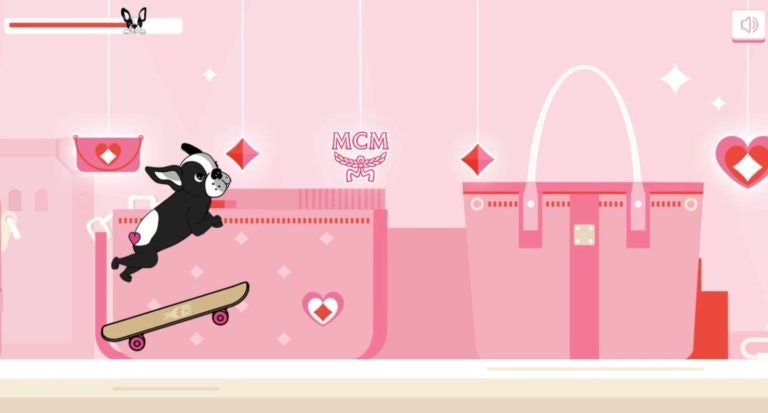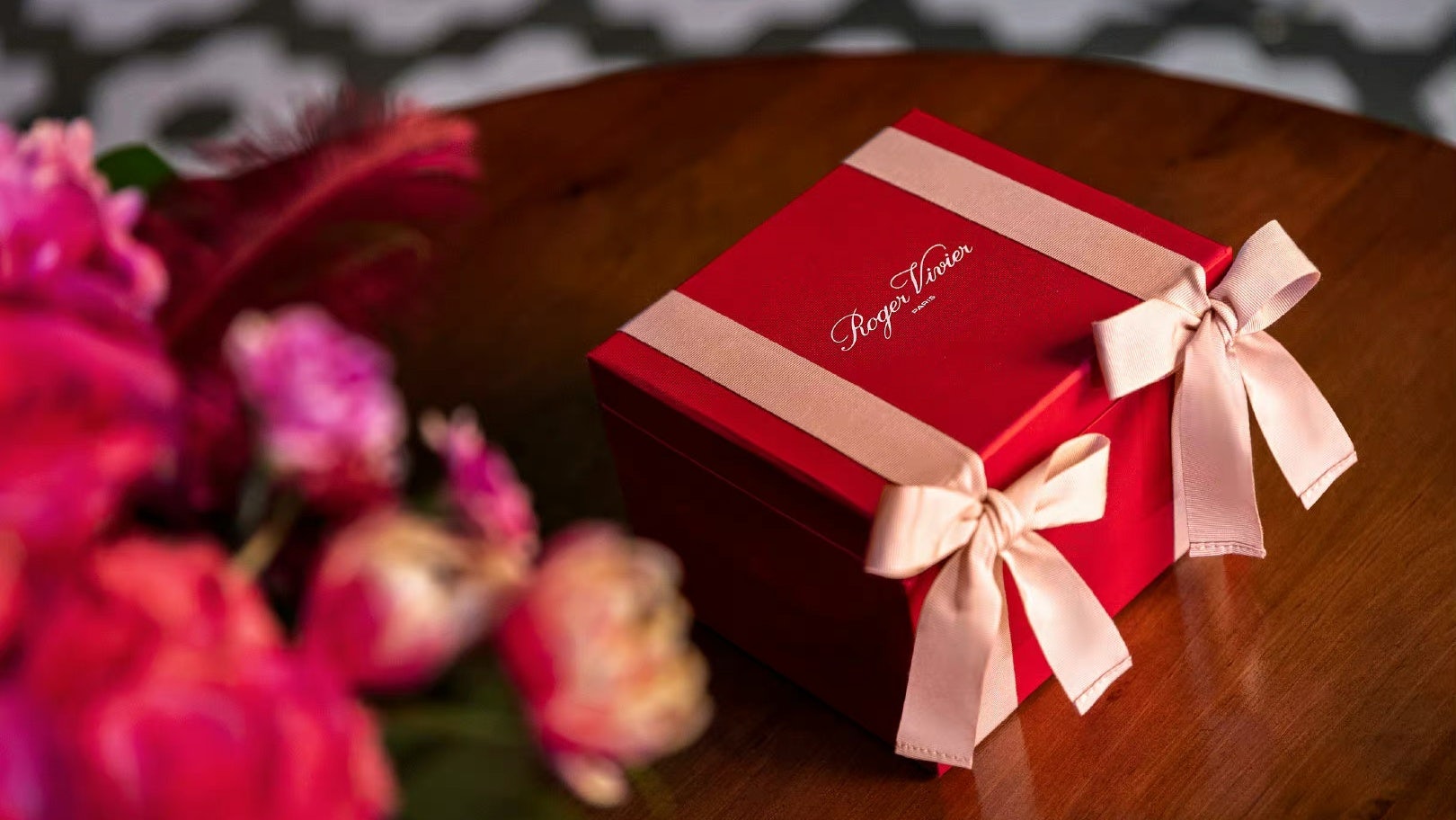What happened
JD.com hosted its annual Luxury Shopping Festival from July 25 to July 31, while J Shop, JD’s fashion and lifestyle business, unveiled a Qixi campaign from July 25 to August 4. Over 400 high-end brands took part in the Luxury Shopping Festival, with some product categories profiting immensely from the event. For instance, data from July 29 to August 2 shows that luxury bag sales grew 248 percent year-over-year, while belts and accessories surged 296 percent and 338 percent, respectively.
With cosmetics and beauty items traditionally gifted on Qixi, it’s not surprising that these product categories saw success too. Lipstick sales, for example, jumped 103 percent from July 25 to 31. Jewelry and watches also performed well, with gold jewelry increasing 280 percent and fashion watches surging 400 percent.
The Jing Take
JD employed an aggressive marketing strategy for China’s traditional Valentine’s Day (which falls on August 4) to help luxury brands achieve peak performance. For starters, it used data intelligence and different direct-to-consumer business models to maximize brand experience, increase transparency, and improve customer relationships. In fact, JD’s Direct to Consumer mini program was the preferred option for Louis Vuitton, Celine, and Fendi.
Elsewhere, localized and limited edition marketing strategies generated buzz, with a special edition gift set from Roger Vivier being sold out in one hour. Bulgari, Fendi, Loewe, and Qeelin also embraced limited-edition marketing to generate world-class customer interactions and create value. APM Monaco, a leader in the fashion silver jewelry market, similarly offered limited-edition Qixi packaging for its iconic Meteorites collection on the platform.
Trying to appeal to the digital-first generations, JD and its brand partners turned to innovative technologies, employing digital collectibles (Tory Burch), gamification elements (MCM), and augmented reality (Bulgari used an AR try-on feature for its Divas’ Dream pendant necklace). It also brought more customization and personalization to the beauty category, providing engraving services to select cosmetic brands.

Overall, JD’s Qixi marketing strategy doesn’t skip a beat. It’s like the Chinese e-commerce giant has selected all the customer-centric marketing strategies that could boost audience retention and increase their partners’ long-term desirability. Love is in the air for luxury brands.
The Jing Take reports on a piece of the leading news and presents our editorial team’s analysis of the key implications for the luxury industry. In the recurring column, we analyze everything from product drops and mergers to heated debate sprouting on Chinese social media.

